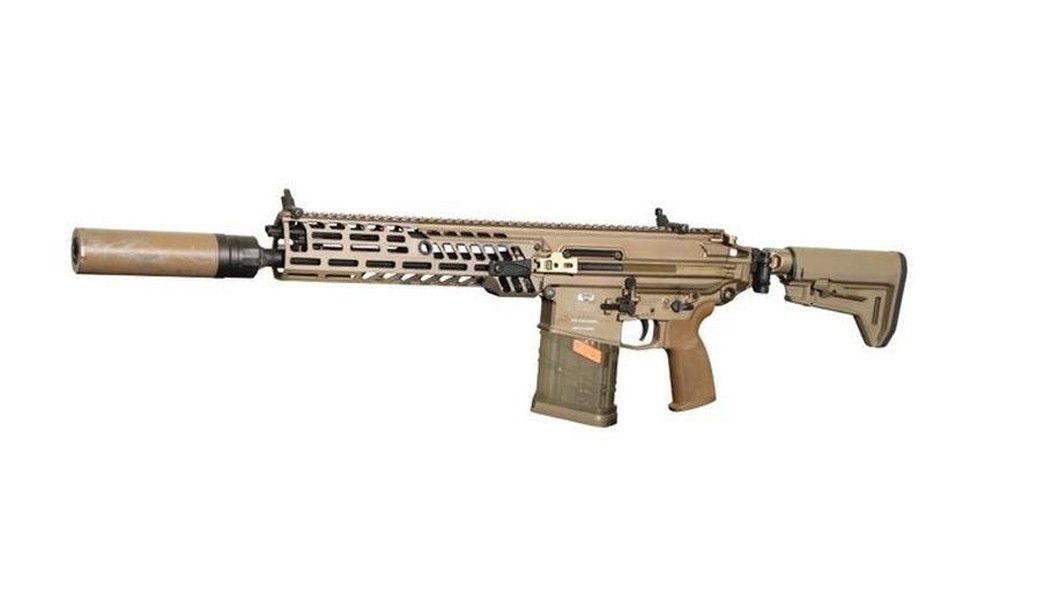There are a lot of people who look to the United States Armed Forces for a certain degree of guidance on weapons. If the Army uses it, they’re more than happy to pick up the civilian version of the weapon. After all, the military does test their weapons fairly extensively–though that testing has been interesting in the past.
Still, a lot of people trust it.
Now, the Army is looking at a new rifle. However, as Military.com notes, there are questions that we simply can’t get answers to.
The new guns and ammunition the Army just married and is expected to issue to combat arms units within the next decade will require soldiers to carry an even heavier load.
But information on how those weapons should outperform the guns they’re replacing — the justification for troops to shoulder extra weight on top of mountains of gear already injuring soldiers — is classified.
In April, the Army announced that Sig Sauer will produce replacements for the M4 rifle and M249 Squad Automatic Weapon, or SAW, starting with a trial run of about 40 new guns late next year. Production is expected to ramp up when the Army opens a new ammo plant to produce the new 6.8mm rounds for those weapons around 2026.
Army officials have touted that the new XM5, the M4’s replacement, and XM250, set to replace the SAW, pack a much harder punch and will improve the combat performance of ground troops. But thus far, the service has declined to disclose evidence that those weapons outperform the M4 and SAW, including how far they can shoot accurately. And it’s unclear whether the Army has verified the ranges at which those new weapons can engage an enemy before committing to a multimillion-dollar contract.
Throughout history, the average a soldier carried was about 55 lbs. The Roman legionnaire? About 55 lbs. The medieval man-at-arms? 55 lbs.
And so on through history.
Yet, these days, loads of 150 lbs aren’t exactly uncommon. That’s three times the amount troops historically carried.
Granted, we have a lot of technology that helps make those troops much more effective than those of bygone eras had, but someone still has to carry it.
So now they’re going to have to carry even more?
That might make sense if the new weapons are that much more effective, but are they? We know that 6.8 tends to have more of a punch. It looks like accuracy is about the same.
Yet that’s just the ballistics of the round itself. We don’t know if the weapons make good use of that potential or not, which doesn’t really make that much sense to me.
I get keeping at least some of your capabilities classified, but our enemies have long known just how accurate and powerful our various firearms were for years. We openly published this information and the civilian-legal versions of the same rifles backed that information up.
So why is this version classified?
Truth be told, I don’t like it, but I’m not overly worried. While I can’t help but raise my eyebrow at Sig being the provider of both the sidearm used by the military and now the primary weapon system for the Army, the truth is that Sig produces good weapons, as a general rule. It’s unlikely the guns actually suck or anything.
Still, for people who know about firearms, the idea of our troops potentially going into harm’s way with a weapon we know so little about is a point of concern. After all, this is still the Department of Defense. Anyone familiar with the development of the Bradley knows just how that can go.
Then again, since this is basically a variant of the Sig MCX platform, we shouldn’t worry too much.
That doesn’t address the weight issue, though. Our guys are already carrying too much weight as it is. The additional weight from switching from 5.56 to 6.8 for the same number of rounds is something that might end up being too much.








